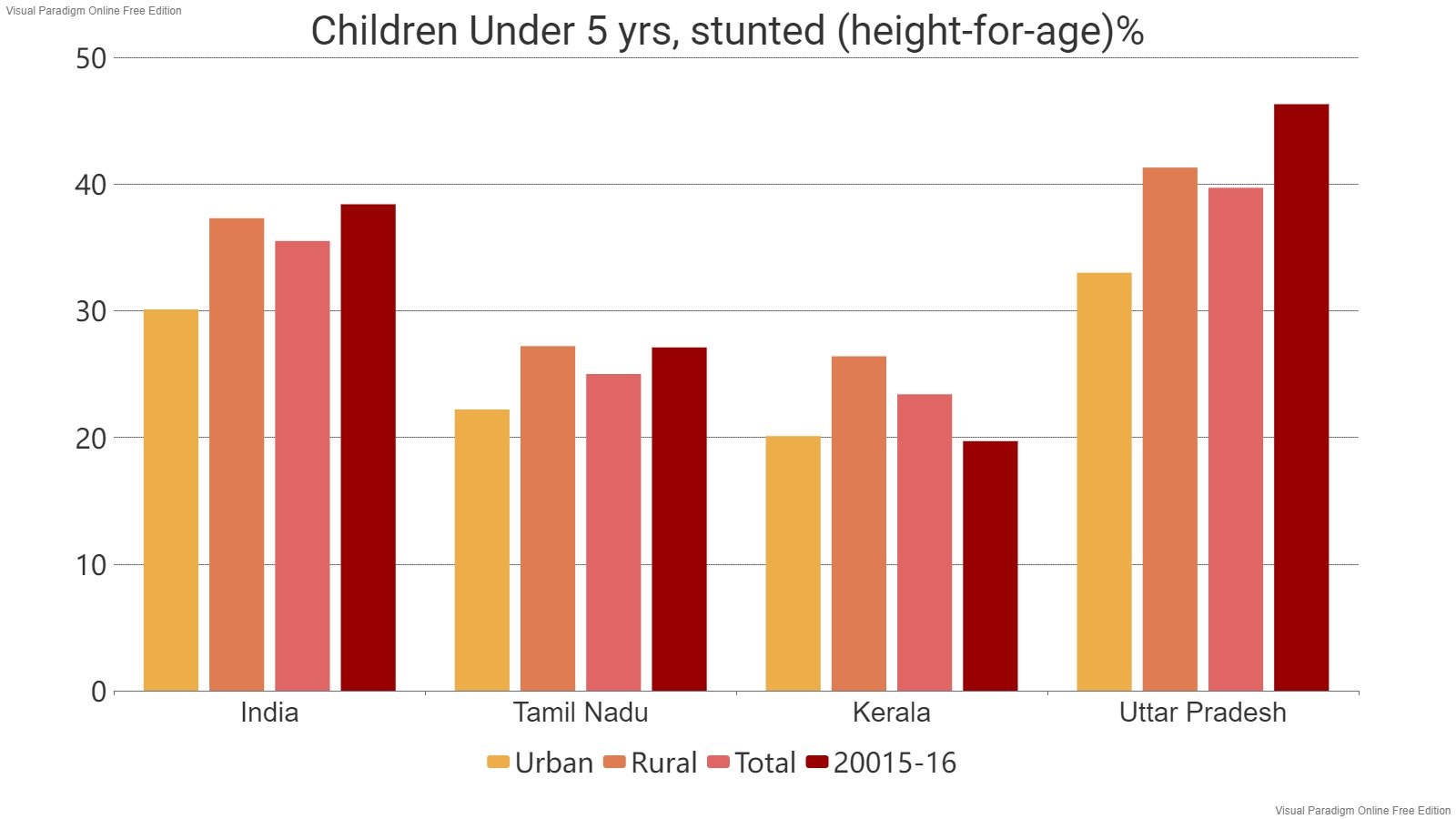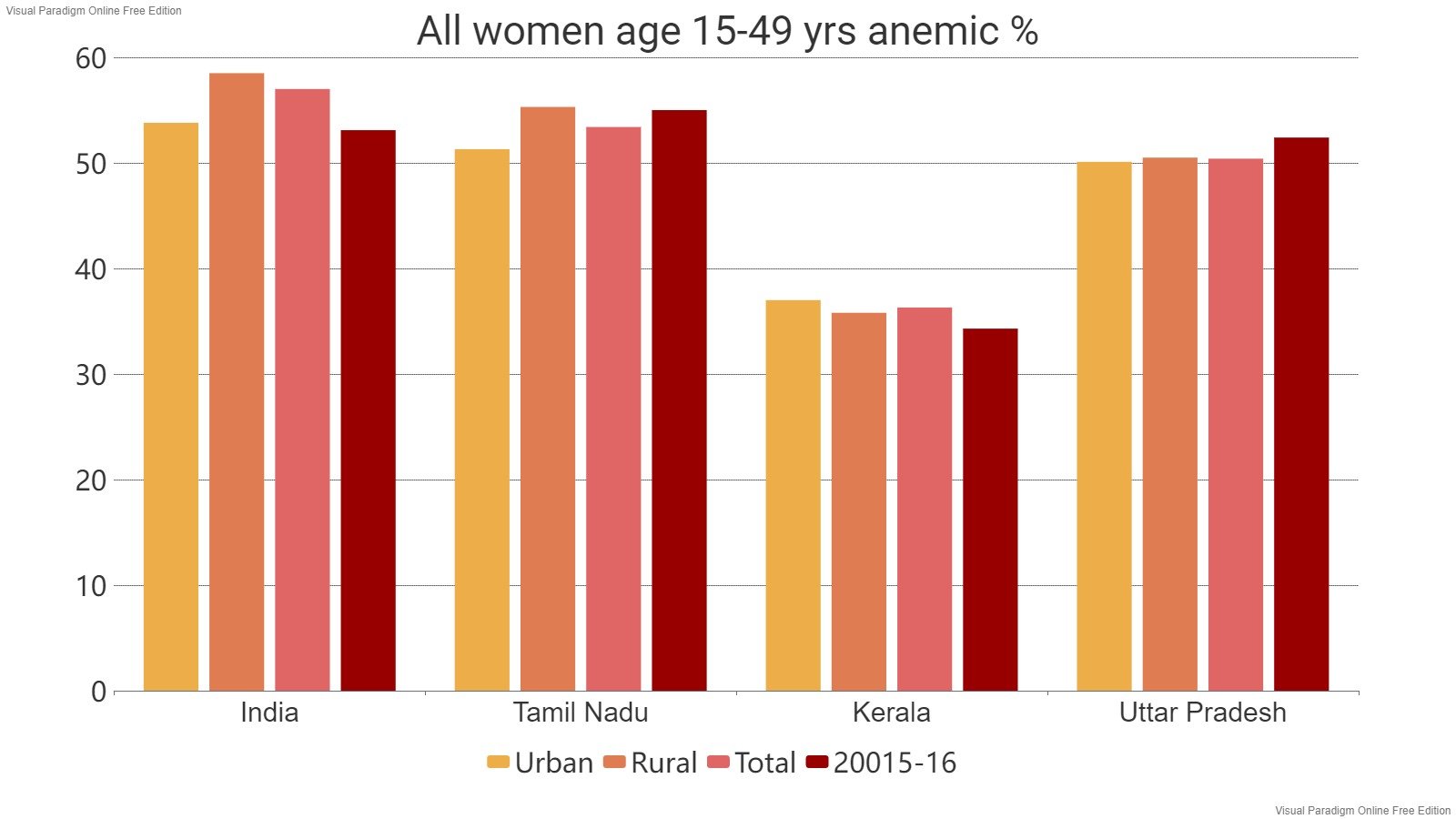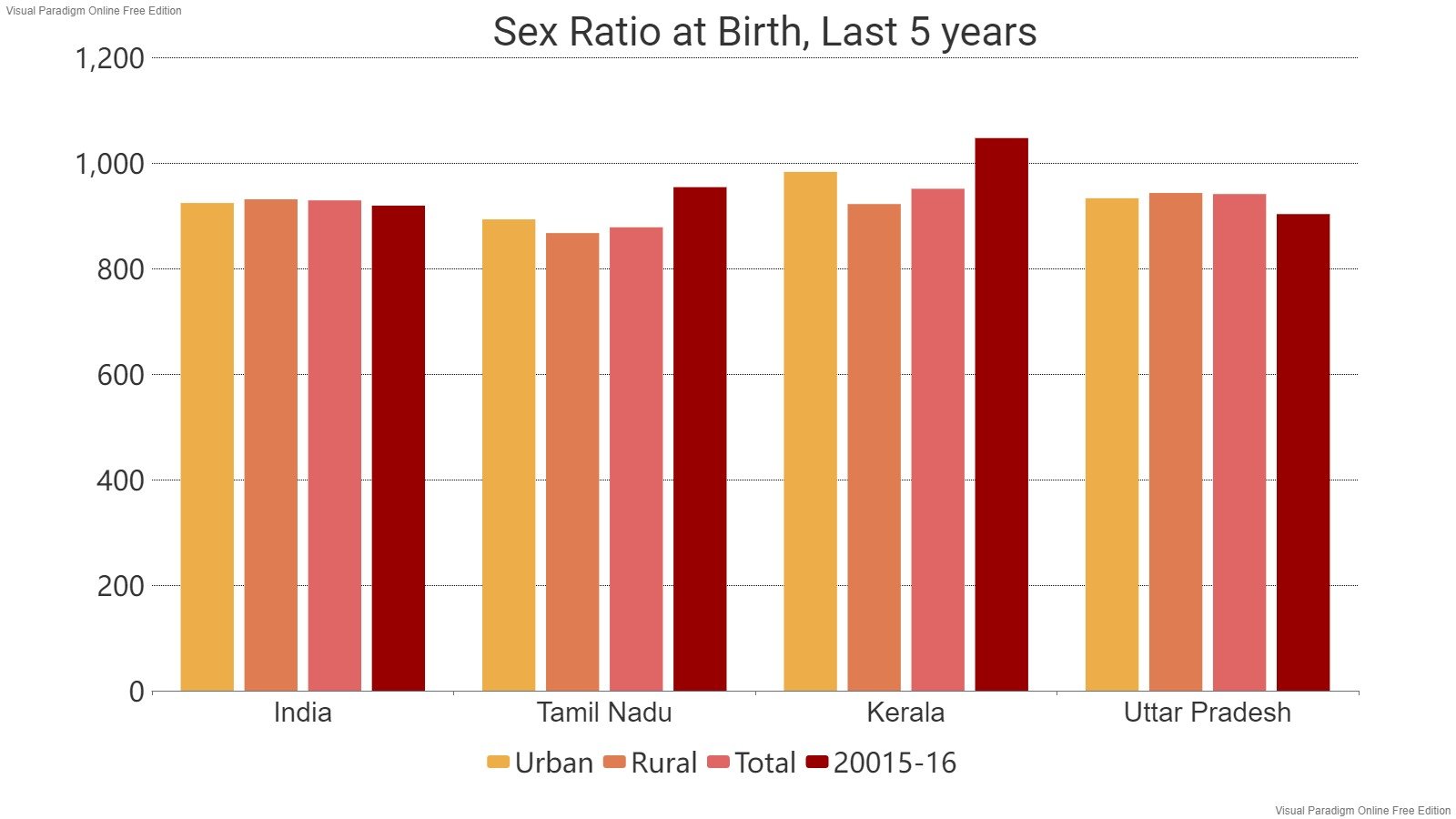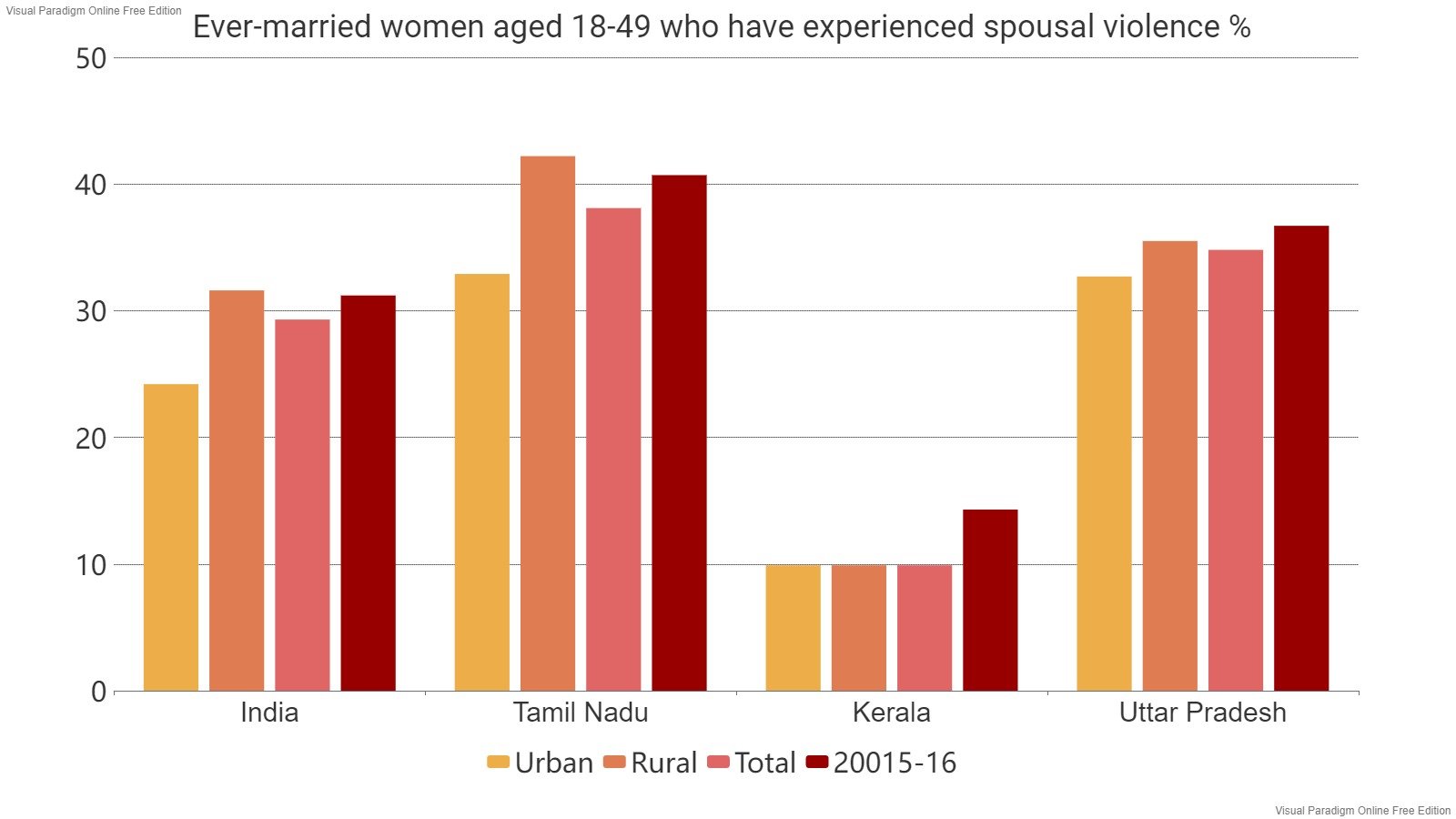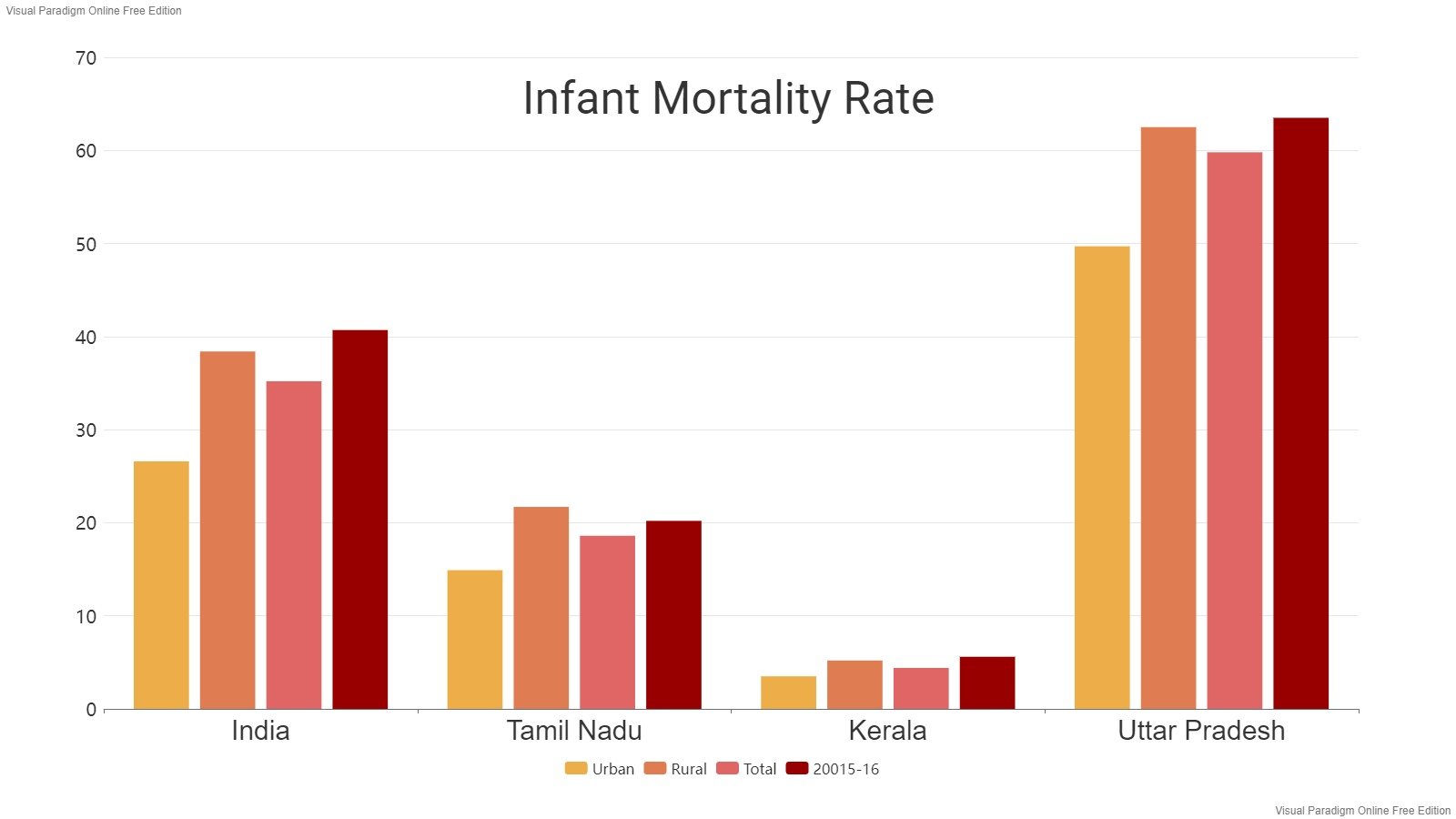Read in : தமிழ்
Once consumed by people on the lowest rung of society to satiate hunger in times of food scarcity and drought, mushrooms now figure prominently on glossy menus of five-star hotels in the country. The transition of a mushroom’s character from proletariat to elite is quite amazing, as is its prominence and popularity in Chinese, Japanese and Korean cuisines.
Mushrooms are a type of fungus. Egg-shaped mushrooms spurt out of the soil in southern districts of Tamil Nadu during the monsoon. Sri Lanka and Tamil Nadu were once well-known for their knowledge of which mushrooms were edible. Particularly in Tamil Nadu, shepherds and palm growers have cooked with mushrooms for generations. In the 1970s, when food scarcity eased, the mushroom lost its place in the kitchen, especially in villages.
Mushroom on the menu
Originally, poor people struggling to eke out a living stumbled upon mushrooms as an ideal source of nutrition. But the uninitiated, in a bid to emulate their example, picked up poisonous varieties of mushrooms and often took ill when they consumed them. Sometimes as it turns out, even an edible mushroom becomes poisonous, depending on how it is cooked. For a while this led to a wane in mushroom consumption.
Over time, culinary experts in developed countries built up a sound knowledge system on picking edible mushrooms and cooking them the right way, raising their appeal on the menu. With this knowledge spreading, it made it safe to bring mushrooms to the dining table. Consequently, there has been a boom in cultivation and marketing of mushrooms the world over.
Sri Lanka and Tamil Nadu were once well-known for their knowledge of which mushrooms are edible. Particularly in Tamil Nadu, shepherds and palm growers have cooked with mushrooms for generations
Which is a poisonous mushroom?
There are several types of mushrooms, most of which have good nutrition quotients. Yet it is not advisable to eat unidentified mushroom. It is better to buy them in the markets where they are sold, or from farms where they were cultivated properly.
It is quite easy to make out poisonous mushrooms from their dense colour and from their bad odour when ripe, which attracts a lots of flies. One typical marker of whether a mushroom is poisonous is If it turns bluish when mixed with onion slices.
Also Read: Grow your own food on terrace gardens
Mushrooms come in several forms, ranging from egg shaped to imperceptible microscopic forms. They are classified into cup-shaped, egg-shaped, oyster-shaped and fungus types.
No photosynthesis
Mushrooms have no green leaves and so have to create their own sap without photosynthesis. Therefore, by nature they are parasitic. On this basis, they are classified into parasitic and succulent varieties. Some types of mushroom suck sap from trees on which they grow, killing the tree as a result.
Mushroom has no leaves, flowers or fruits and grow from seed powder. They decay as fast as they grow.
As a food, mushrooms are a rich source of Vitamin D, and consuming them improves heart health and reduces body mass.
A type of mushroom known as penicillium is used in manufacturing the antibiotic penicillin, while other varieties are used to produce alcoholic beverages.
Over time, culinary experts in developed countries built up a sound knowledge system on mushrooms and raised its appeal on the menu. Consequently, there has been a boom in cultivation and marketing of mushrooms the world over
On par with meat
Mushrooms have gained the respectability and acceptability of meat in the culinary world, and are also sold in fish markets in Southeast Asian countries.
In Tamil Nadu, Mushroom farming is a cottage industry, in which youth trained by the Department of Agriculture are actively engaged in.
Also Read: Plant-based meat: Just a pricey lifestyle choice?
In the olden days, there was a practice in villages of collecting egg-shaped mushrooms, mixing them with pepper, stuffing them into a palm leaf pit and baking them in the fire. The dish consumed was palatable and called ‘panai olai pothiyal’ (pudding in palm leaf). It was an unregulated cooking method resembling the tandoori style.
Tales passed down from generation to generation, speaking about the adventures of collecting mushrooms during rainy days also indicate that it is a monsoon crop.
Read in : தமிழ்






